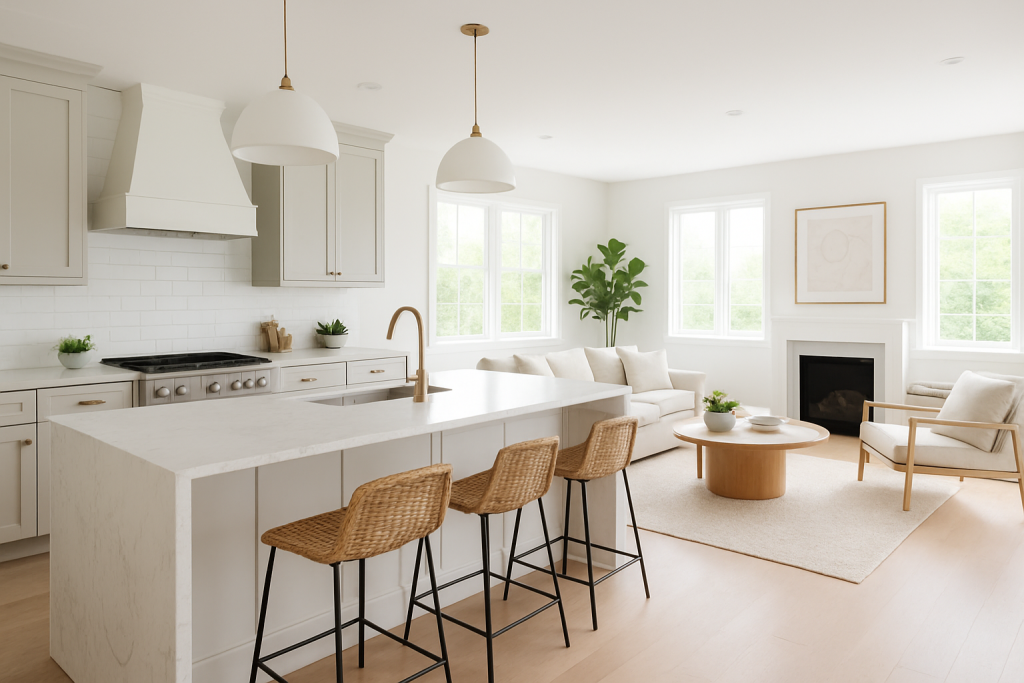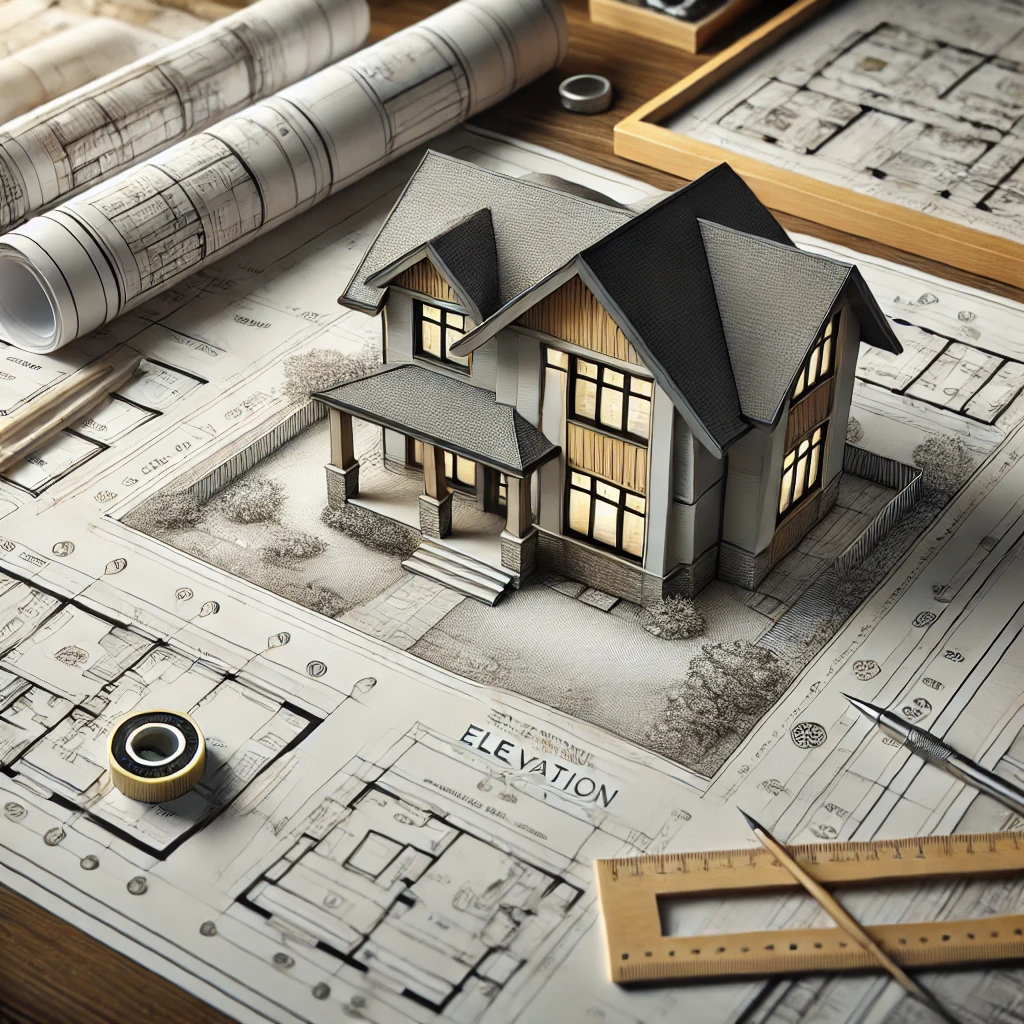Investing in Commercial Building: Proper Planning for the Construction Process
You might have been thinking about expanding your investment portfolio into the world of commercial buildings. Perhaps you are a business owner and you would like to build your own building to work out of and rent out the other space. Planning a commercial building project can feel overwhelming, especially when it comes to understanding costs and securing financing. Whether you’re developing an office complex, retail space, or industrial facility, following a systematic approach will help you get accurate pricing and set your project up for success. As a both a Real Estate firm and a Commercial General Contractor in Myrtle Beach, Carolina Bays is often asked about buying, building or fitting up commercial buildings. In this post, we will focus on the steps towards getting accurate pricing for commercial construction.
Step 1: Define Your Project Scope and Requirements
Before reaching out to a contractor, clearly define what you want to build. Create a detailed project brief that includes:
- Building type and intended use
- Square footage and number of floors
- Lot size and location
- Basic layout requirements
- Timeline expectations
- Budget range (even if preliminary)
This information will help contractors provide more accurate estimates and ensure you’re comparing apples to apples when reviewing bids.
Step 2: Engage an Architect and Engineer
For most commercial projects, you’ll need professional design services before getting accurate pricing. Architects will create preliminary designs and specifications, while structural engineers ensure the building meets safety requirements. Commercial buildings have many requirements that residences do not have such as ADA requirements, maximum occupancy and enhanced safety features. These professionals can also help you understand local building codes and zoning restrictions that might impact costs.
Step 3: Obtain Contractor Bids
Once you have preliminary plans, request detailed bids from a licensed commercial contractor. Look for contractors with experience in your building type and ask for:
- Itemized cost breakdowns
- Timeline estimates
- References from recent similar projects
- Proof of licensing and insurance – for licensing you can look up the person’s name on your state’s licensing board online in most states
- Details about their subcontractor network
Step 4: Understand Material Costs and Options
Commercial construction materials significantly impact your total project cost. Common materials and considerations include:
Structural Systems:
- Steel framing: More expensive upfront but allows for larger open spaces and faster construction
- Concrete: Durable and fire-resistant, ideal for multi-story buildings
- Pre-engineered metal buildings: Cost-effective for warehouses and industrial spaces
Exterior Materials:
- Brick and stone: Higher cost but excellent durability and aesthetics
- Metal panels: Lower cost, good for industrial applications
- Glass curtain walls: Premium option for modern office buildings
Interior Systems:
- HVAC systems sized for commercial use
- Commercial-grade electrical systems
- Specialized flooring (polished concrete, commercial carpet, etc.)
- Fire suppression and security systems
Ask contractors to provide material options at different price points so you can make informed decisions about where to invest and where to save.
Step 5: Factor in Additional Costs
Beyond basic construction, budget for:
- Site preparation and utility connections
- High costs of paving and drainage
- Permits and inspection fees
- Architectural and engineering fees (typically 8-15% of construction costs)
- Contingency fund (usually 10-20% of total project cost)
- Temporary facilities and construction utilities
Step 6: Explore Financing Options
Commercial construction financing differs significantly from residential mortgages. Common options include:
Construction-to-Permanent Loans: Convert from construction financing to permanent mortgage upon completion. Require detailed plans, contractor qualifications, and typically 20-30% down payment.
SBA Loans: Small Business Administration loans can offer favorable terms for owner-occupied commercial buildings. The SBA 504 program is particularly popular for real estate development.
Traditional Commercial Mortgages: Banks offer various commercial real estate loans with different terms based on your creditworthiness and project specifics.
Private Investors: For larger projects, consider partnerships with private investors or real estate investment groups. Step 7: Get Pre-Approved for Financing
Before finalizing contractor selection, secure financing pre-approval. Lenders will want to see:
- Detailed project plans and specifications
- Contractor bids and qualifications
- Your financial statements and credit history
- Market analysis showing demand for your building type
- Exit strategy (will you occupy, lease, or sell?)
Step 8: Refine Your Budget and Timeline
With contractor bids and financing pre-approval in hand, create a comprehensive project budget that includes all costs and a realistic timeline. Factor in potential delays due to weather, permit issues, or material availability. Step 9: Negotiate and Finalize Contracts
Don’t simply choose the lowest bid. Consider the contractor’s reputation, timeline, material quality, and change order policies. Negotiate payment schedules that align with project milestones and ensure you’re protected if issues arise. Pro Tips for Success
- Start the pricing process early—commercial projects can take 12-18 months from conception to completion
- Build relationships with your contractor, architect, and lender team
- Stay involved throughout the process but avoid micromanaging
- Plan for the unexpected with adequate contingency funds
- Consider hiring a construction manager for complex projects
Getting accurate commercial building pricing requires patience, thorough research, and clear communication with all stakeholders. By following these steps systematically, you’ll be well-positioned to make informed decisions and bring your commercial building project to successful completion. As always, we welcome any questions or comments regarding this post or interest in commercial construction.







